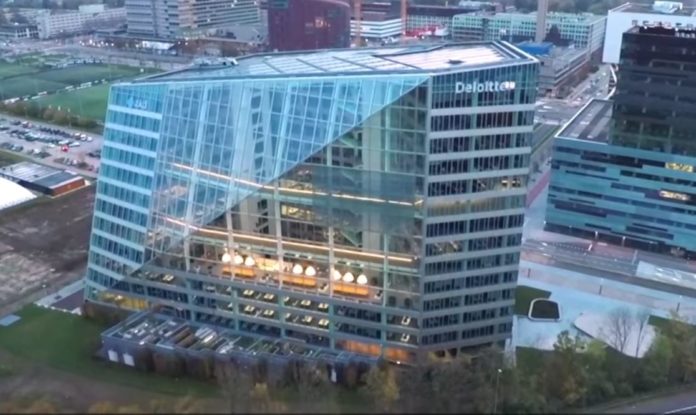When most people think about intelligent buildings, they think about OpEx savings related to optimizing energy consumption? for good reason.
The department of energy estimates that most buildings waste up to 30% of the energy that they consume due to inefficient HVAC and lighting systems. The DOE also estimates that approximately 40% of the costs to operate a building are related to energy costs. For the most part, this focus leads to a spotlight on the HVAC, and to a lesser extent, lighting systems of as prime candidates for intelligent building automation solutions.
To be sure, focusing on these systems represents the proverbial low-hanging fruit when trying to make the case for building automation to c-suite stakeholders.? Many executives focus relentlessly on ways to drive costs out of their operating structure. So, the opportunity to make the case for the ability to save money on a line item that consumes 40% of the budget is a somewhat straightforward sell.
Intelligent building automation is about more than energy efficiency
While saving energy via automated controls is smart business on a number of levels, a pre-occupation with optimizing HVAC and lighting can cause potentially more profound benefits to be overlooked. ?With IoT poised to become pervasive throughout society, the opportunity to take advantage of IoT sensors and next-generation communications technologies like 5G can help take building automation to new heights.
For instance, with IoT and forthcoming technologies to create dedicated communications channels to public safety agencies, fire detection is a prime candidate for automation.? Likewise, these same technologies can also change the way building security protocols are defined and managed.
Fire and safety
As with many other aspects of physical and virtual security in an IoT-enabled, or smart, environment, a predominant trend in building safety to shift away from detection and suppression of threats towards incident prevention.? In many cases, this includes technology that helps to monitor smoke and fire detection, sprinkler operations and/or communications with first responders.
Although the ability to respond quickly to threats is often a key to mitigating damage, the ability to avoid the conditions that are conducive to turning threats into actual danger can be potentially more beneficial. In the case of building management, the ability to avoid catastrophic property damage, or injury to people in a building could not only help to avoid massive financial losses, but also help improve workplace safety.
Security monitoring and access
Whereas most talk of security in today?s high tech world focuses on cybersecurity threats, physical security remains a critical part of the day-to-day operations of many buildings.? The ability to automate the way workers and visitors are able to access, and pass through, a building can dramatically streamline a building?s operations along a number of vectors.
Naturally, the ability to use sensors and biometric recognition technologies to automate building access could be a boon to building operations professionals. Moreover, the ability to control access to sensitive areas throughout a building can not only help to better protect secure areas, but also make employees more productive by streamlining their ability to move throughout a facility as part of their daily routine(s).
Industry-specific opportunities abound
Despite the fact that most buildings, whether residential or commercial, can benefit from? better security and fire prevention tools, three industries in particular that make up a massive component of the U.S. GDP have, arguably, the most to gain by taking building automation beyond HVAC and lighting systems: healthcare, manufacturing, and retail.
It?s not difficult to imagine the possible benefits to be gained in a healthcare environment related to mitigating the potential threats that a fire poses in a hospital, factory or a hotel setting. Similarly, secure access and control could materially simplify a number of processes related to monitored access and passage through hospital facilities or a factory.
In any case, as building automation solutions become increasingly sophisticated, there will be a natural tendency to focus on the benefits of energy efficiency. However, to fully realize the benefits of an intelligent building, a more holistic approach that also factors in automated safety and security will be required.
Click here to download a copy of “Transforming the workplace: Automation technology and use cases for smart buildings.”

